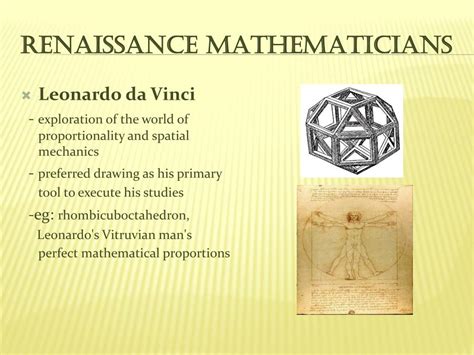The emergence of AI as a co-pilot in mathematical research has become a heated topic among scholars and developers alike. The notion that AI could assist mathematicians is not new, but the outspoken support from luminaries like Terence Tao has reignited the conversation. *Terence Tao*, a preeminent mathematician, has advocated for AI’s role, stating that these tools can significantly aid in mathematical work, albeit with certain reservations.
Tao’s insights have ignited various reactions. One commenter aptly pointed out the unyielding ego within the mathematical community, which often resists technological advances out of fear of redundancy. It’s a complex relationship, where reliance on AI might seem like an admission of fallibility. However, acknowledging the limitations of human computation might ultimately pave the way for groundbreaking discoveries.
Supporters argue that AI-driven proof checkers can automate tedious aspects of theorem proving, thus freeing up human intellectual resources for more creative endeavors. For instance, one user commented about the potential of neural networks to handle complex lemma searches, drawing a parallel to the efficiency seen in chess engines. By offloading these laborious tasks, mathematicians can focus on the big picture.
Conversely, skeptics highlight some critical challenges and limitations. AI systems could inadvertently propagate errors if the foundational mathematical objects and proofs are not well defined. This issue was articulated by commenters noting that proof checkers require complete and precise definitions, something human mathematicians often intuitively and informally navigate.** The AI might misinterpret the high-level, informal ideas mathematicians use, demanding a robust framework for accurate formalization.
The conversation turns richer when exploring the actual usability of these tools in routine mathematical work. Echoing Tao’s opinion, some believe that AI will catalyze a shift to more advanced forms of mathematics, continuously elevating the field. This sentiment is captured in another user’s input on how formalization projects diversify tasks, allowing mathematicians and AI to specialize and collaborate without everyone becoming a programmer.
While the debate on AI in mathematics unfolds, the application of these proof checkers is becoming more tangible. The Microsoft-backed Lean project, which Tao frequently references, exemplifies the continuum from human-generated conjecture to AI-assisted formal proof. The community around Lean is notably vibrant, suggesting it has the ecosystem necessary for widespread adoption, though not without the requisite learning curve.
One interesting aspect of AI proving tools is their intersection with educational methods and documentation. As argued by a user, the rich tooling and active community of Lean make it particularly attractive for newcomers. Imagine harnessing AI to transform loose mathematical musings into formalized proofs, making advanced mathematical knowledge both accessible and verifiable. This potential positions AI as more than just a tool but an integral collaborator in the mathematical sciences.
Moreover, discussions on AI’s broader impact on research culture are invaluable. Unlike conventional programming where automated tools perform mundane tasks, AI’s role in mathematics challenges the very intellectual core of the discipline. Whether it’s enhancing theorem prover efficiency or redefining the nature of mathematical labor, AI raises fundamental questions about originality and creativity. Tao’s optimistic caution underscores this complex dynamic, signaling both a collaborative future and a redefinition of what it means to ‘do math.’


Leave a Reply